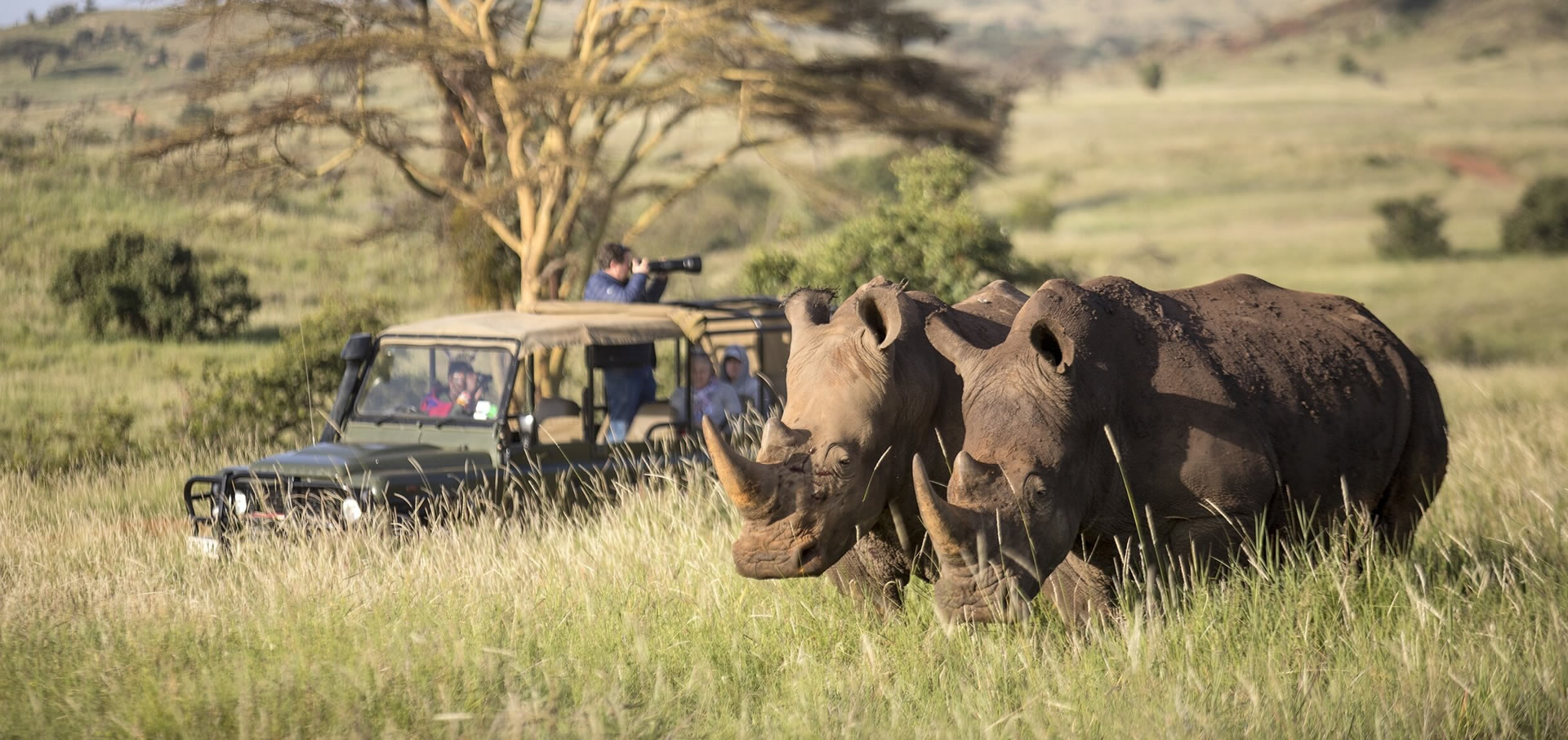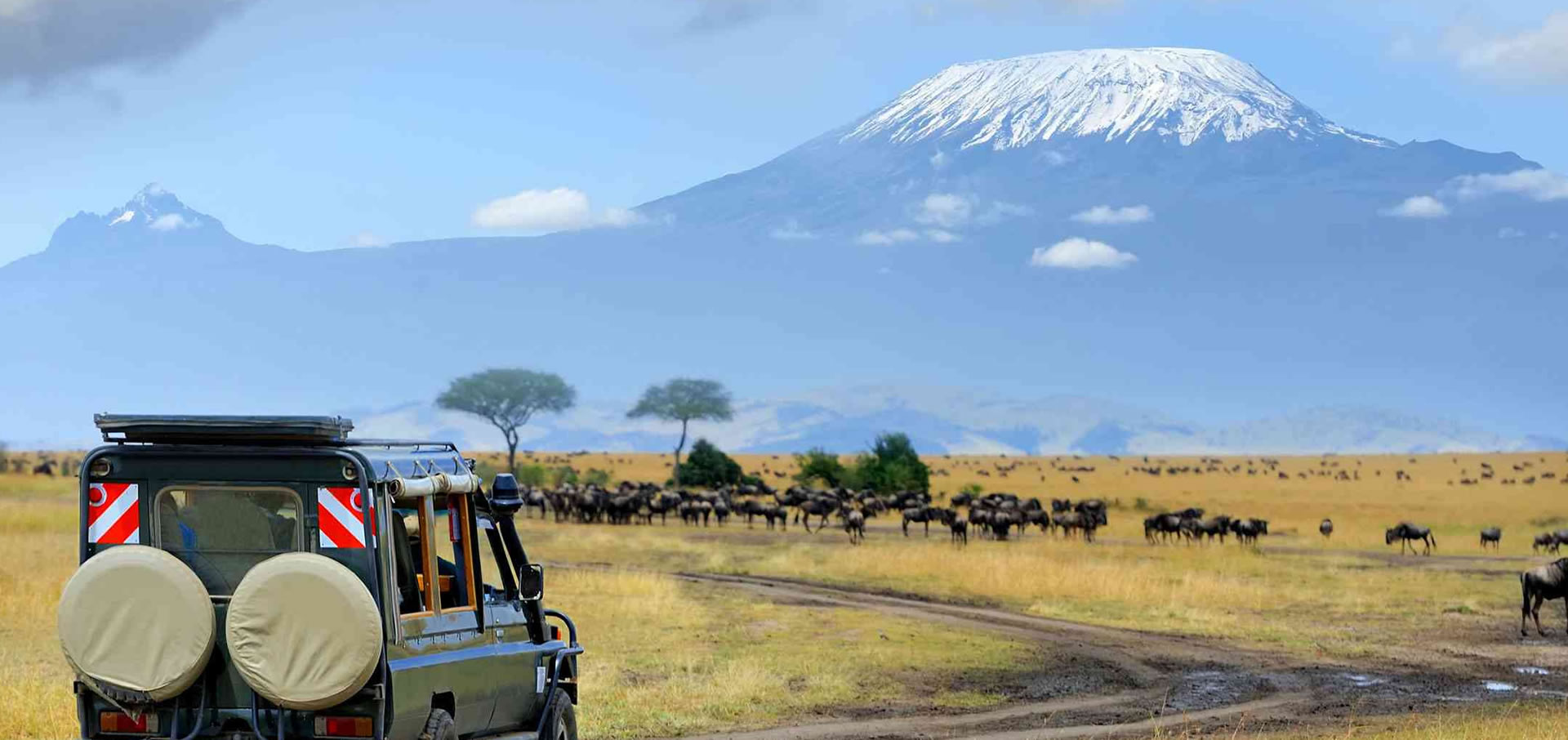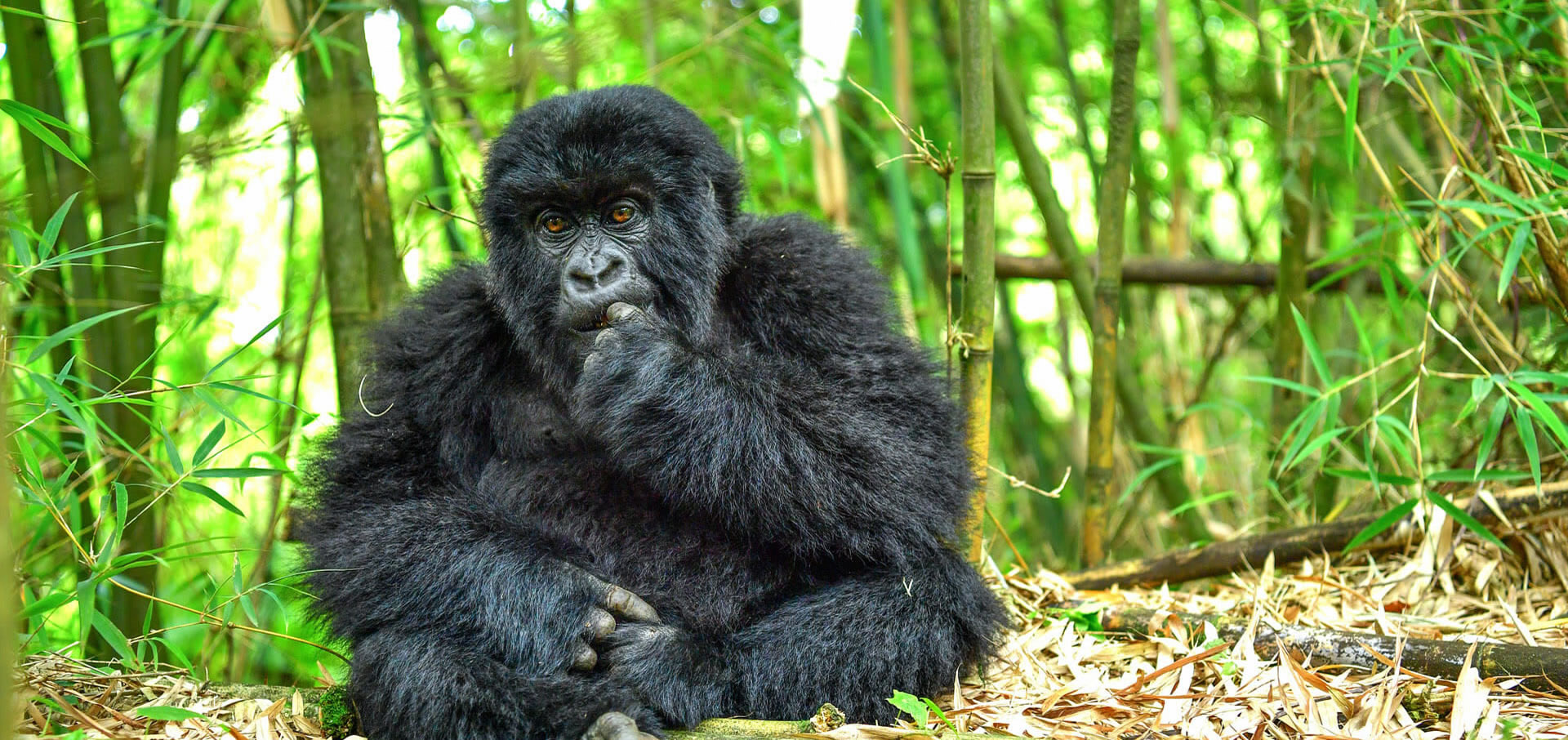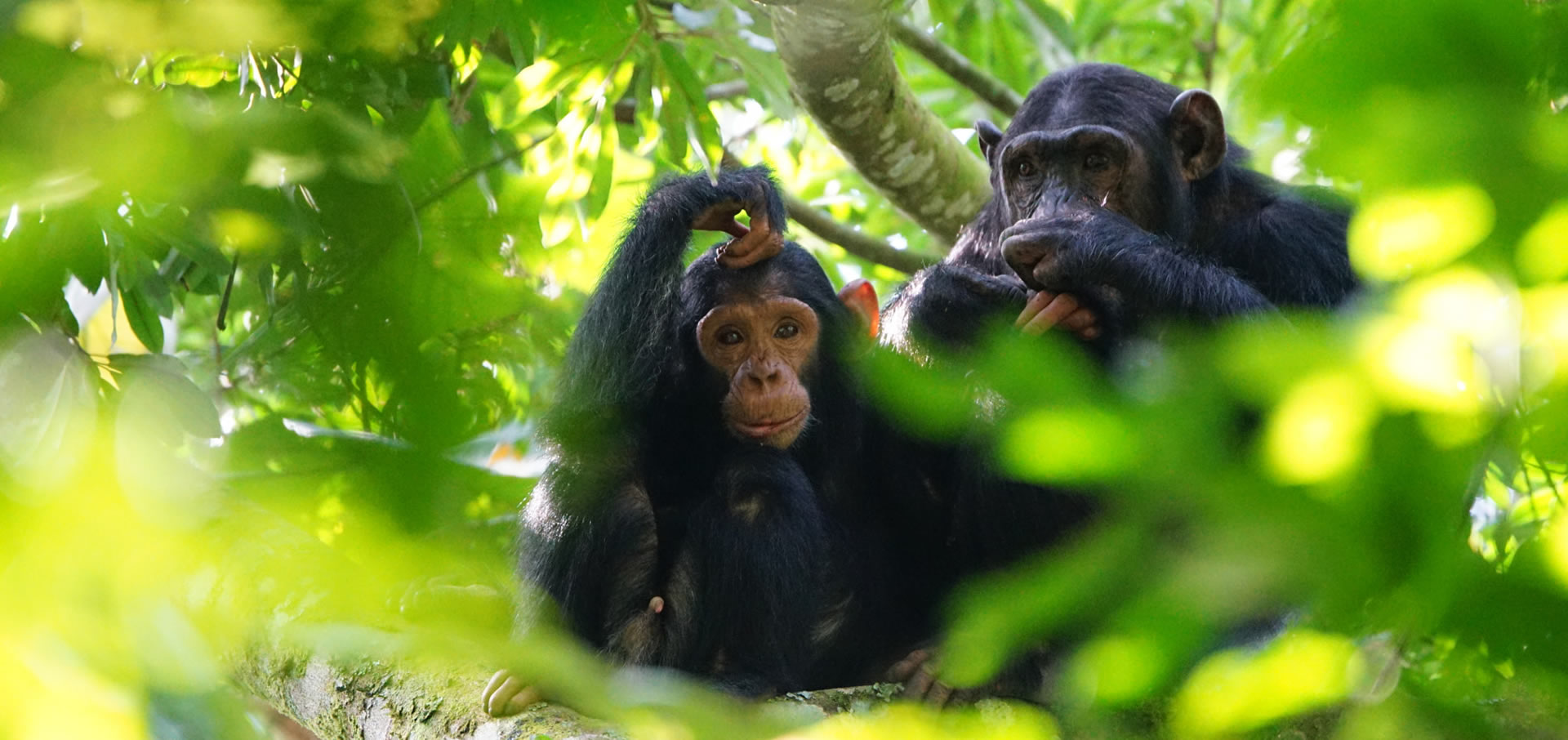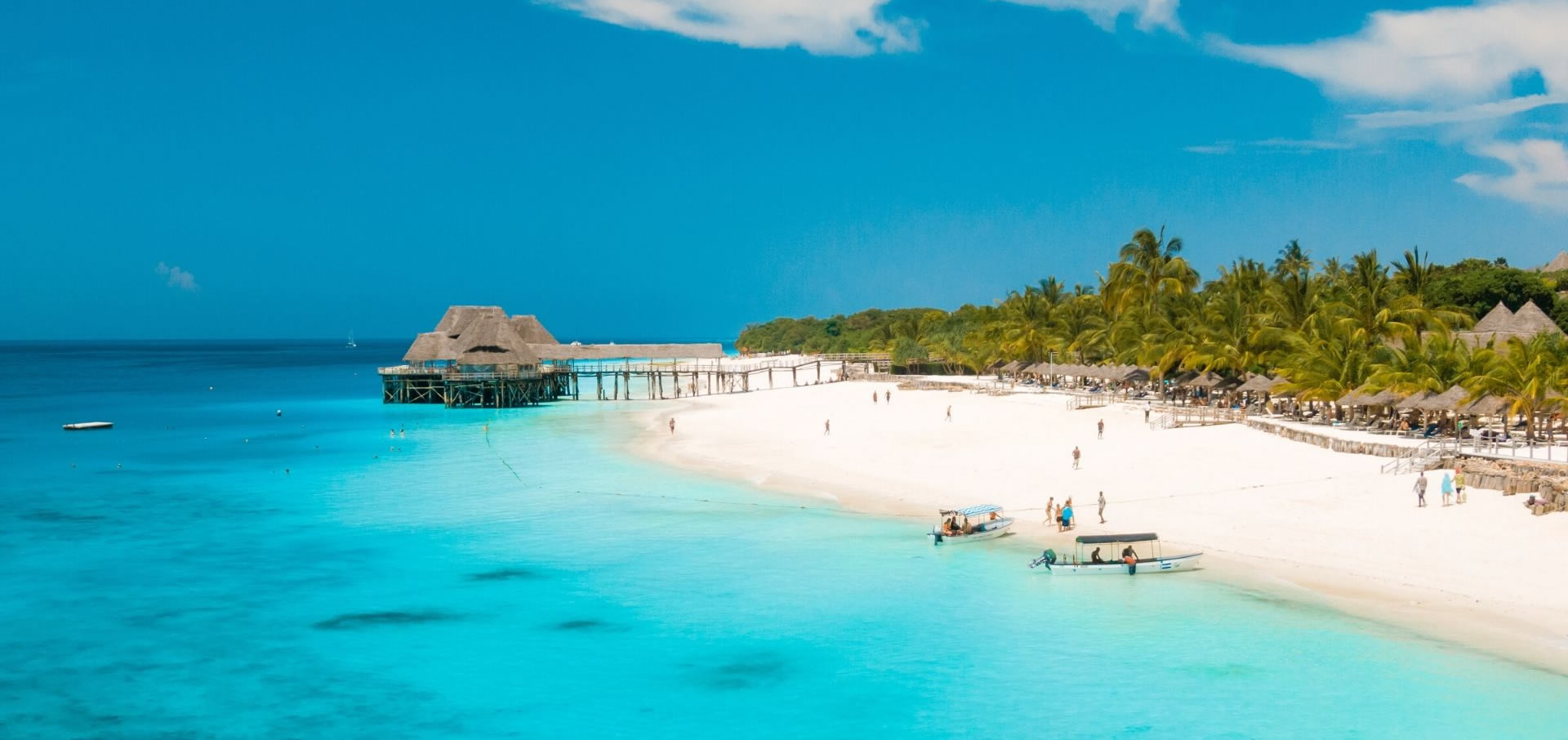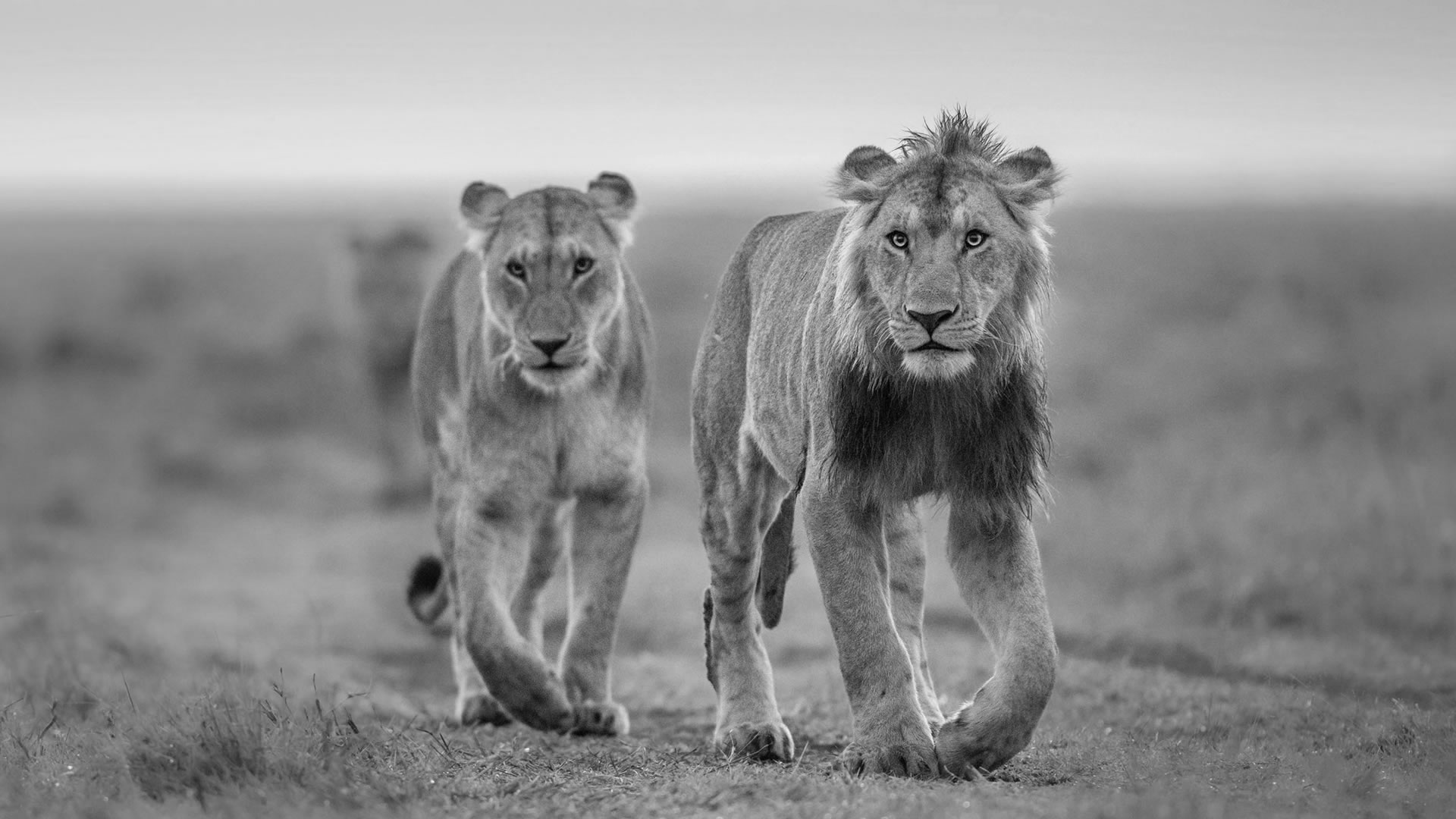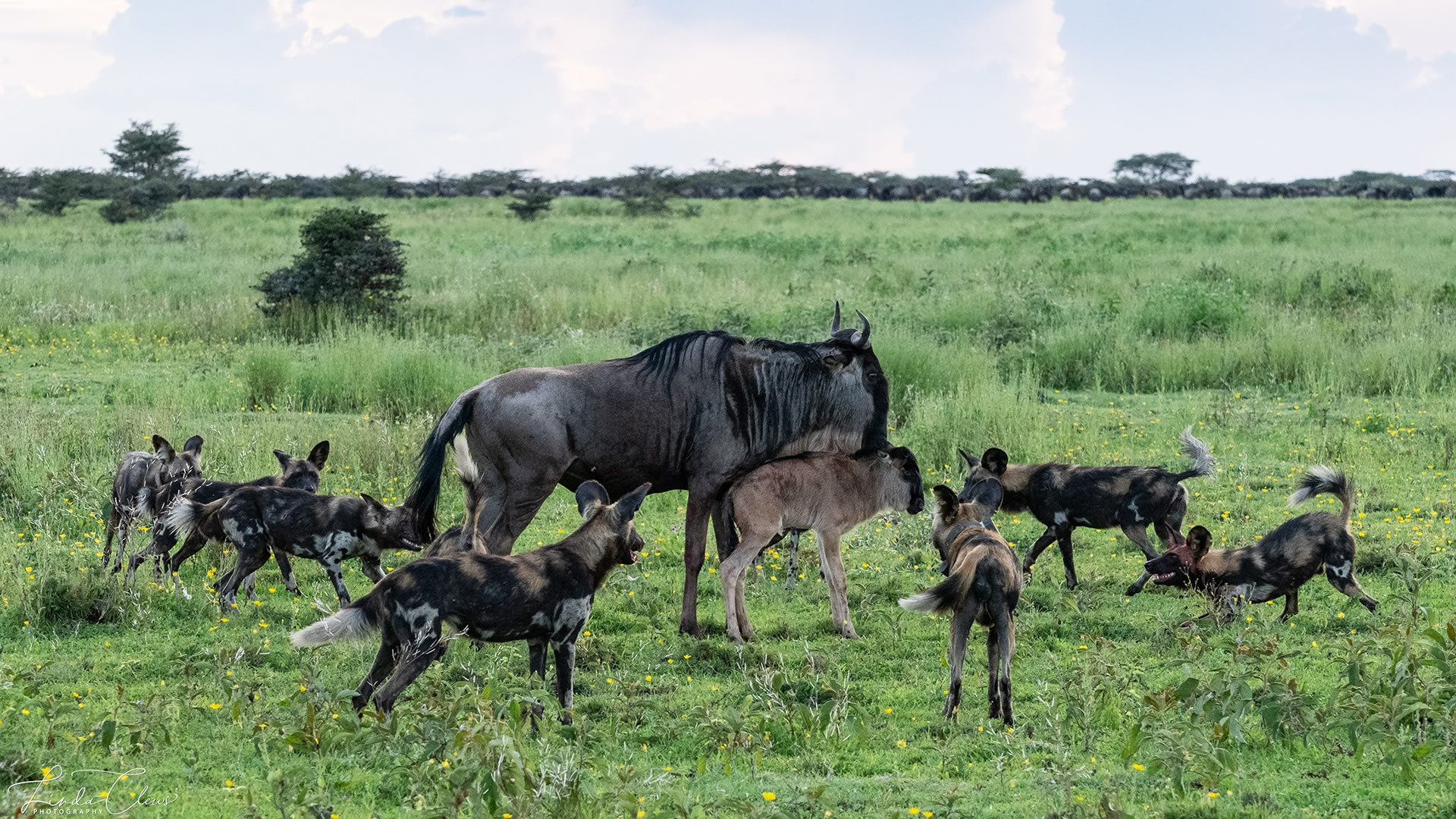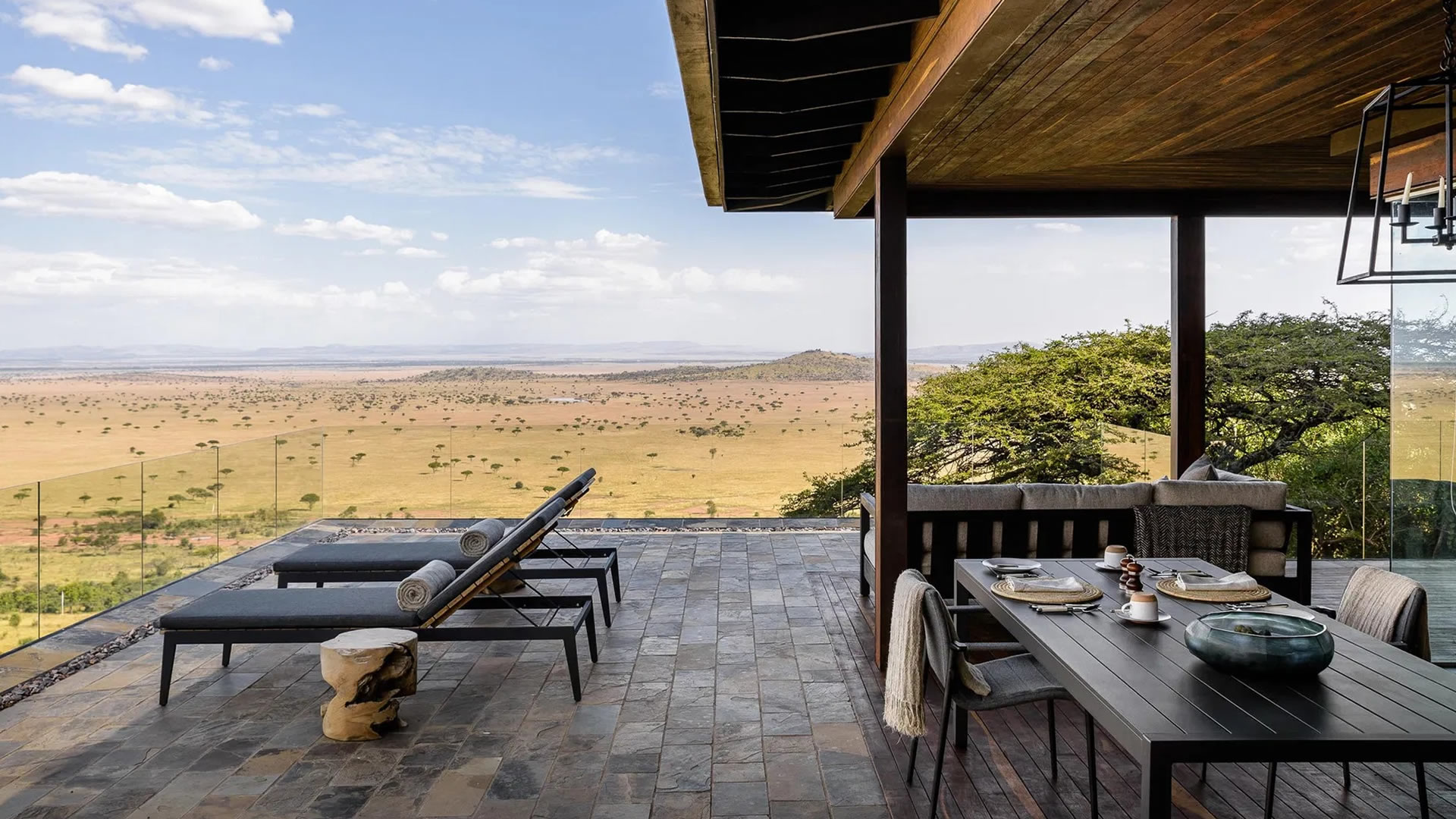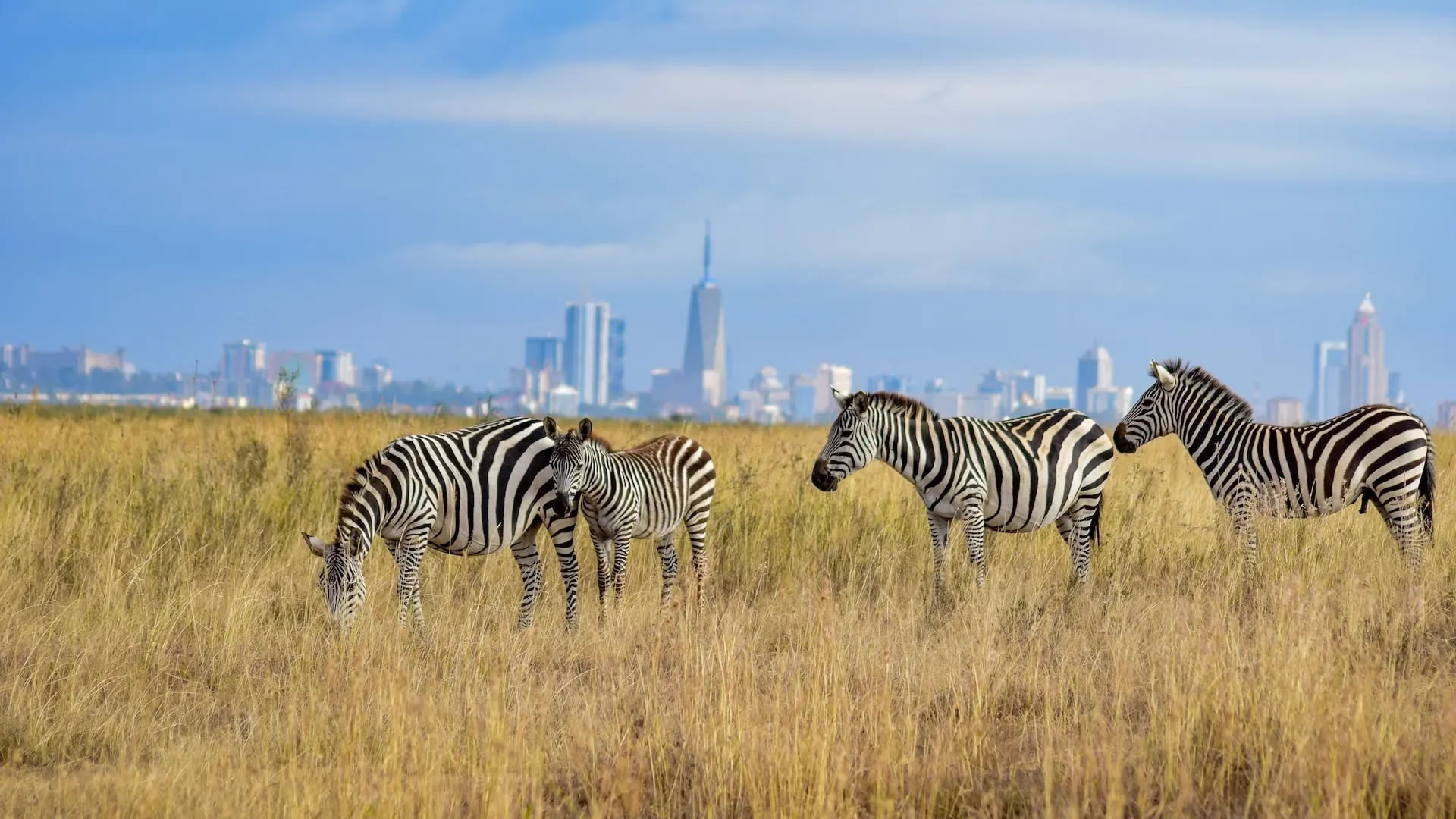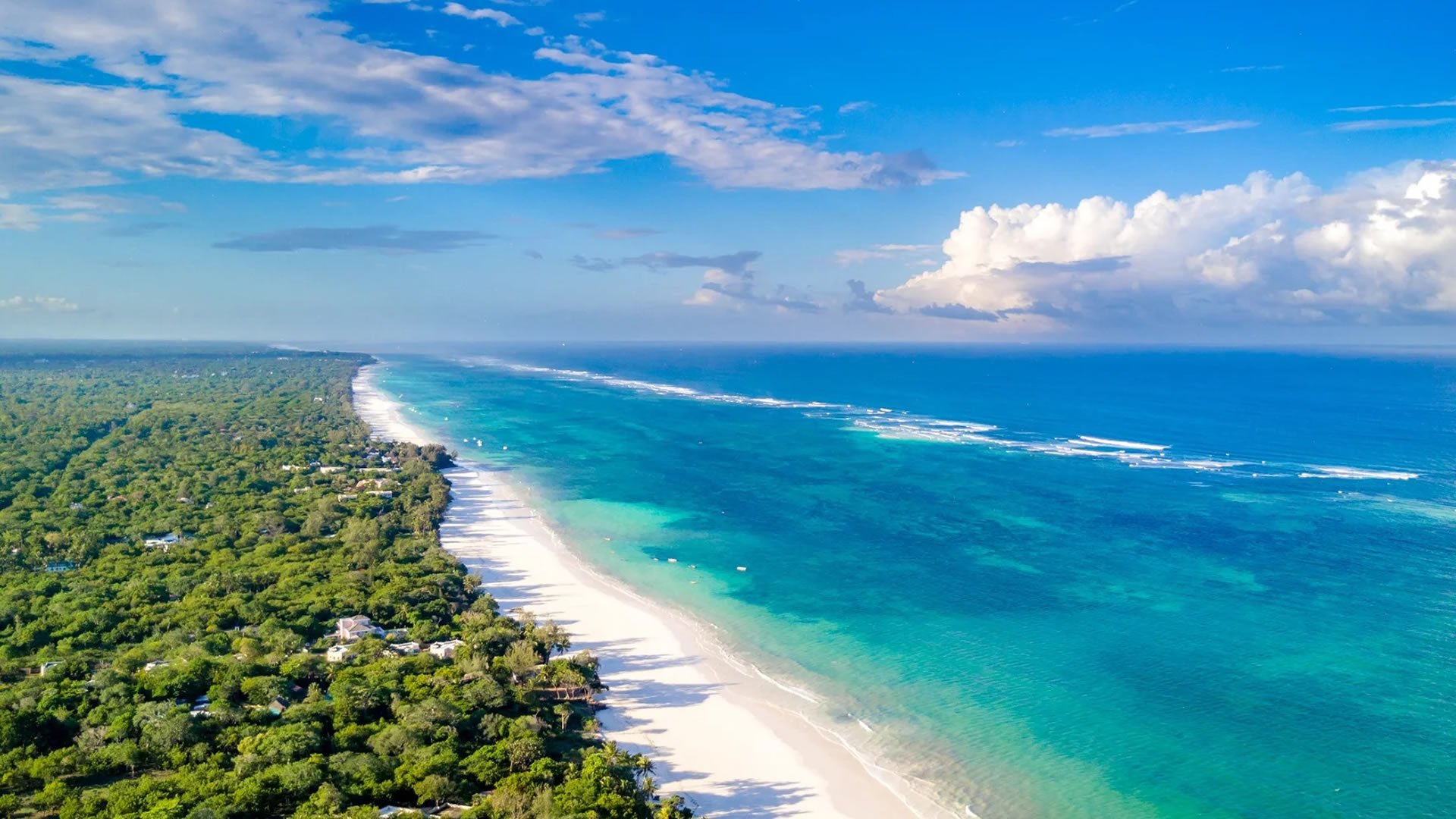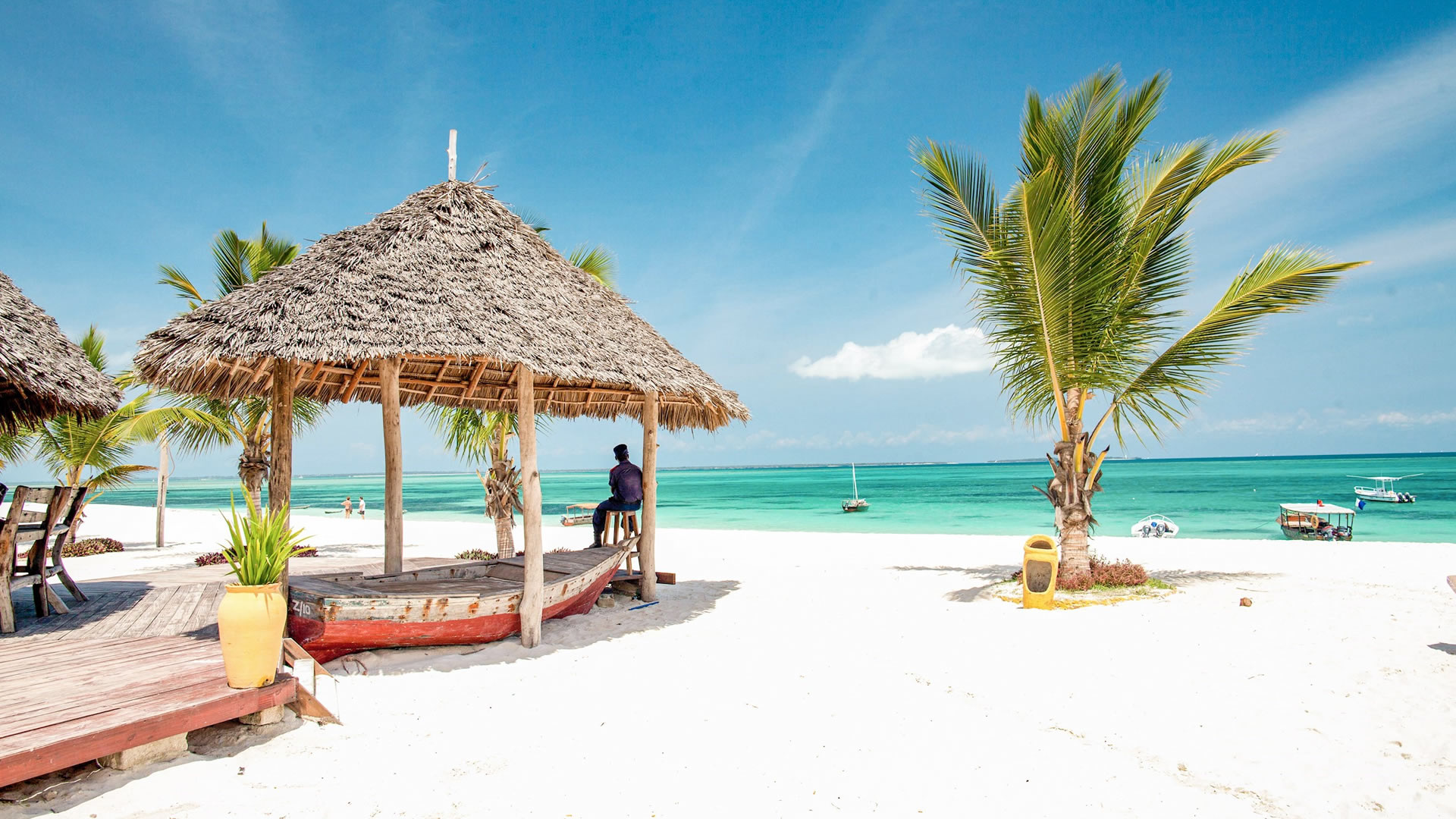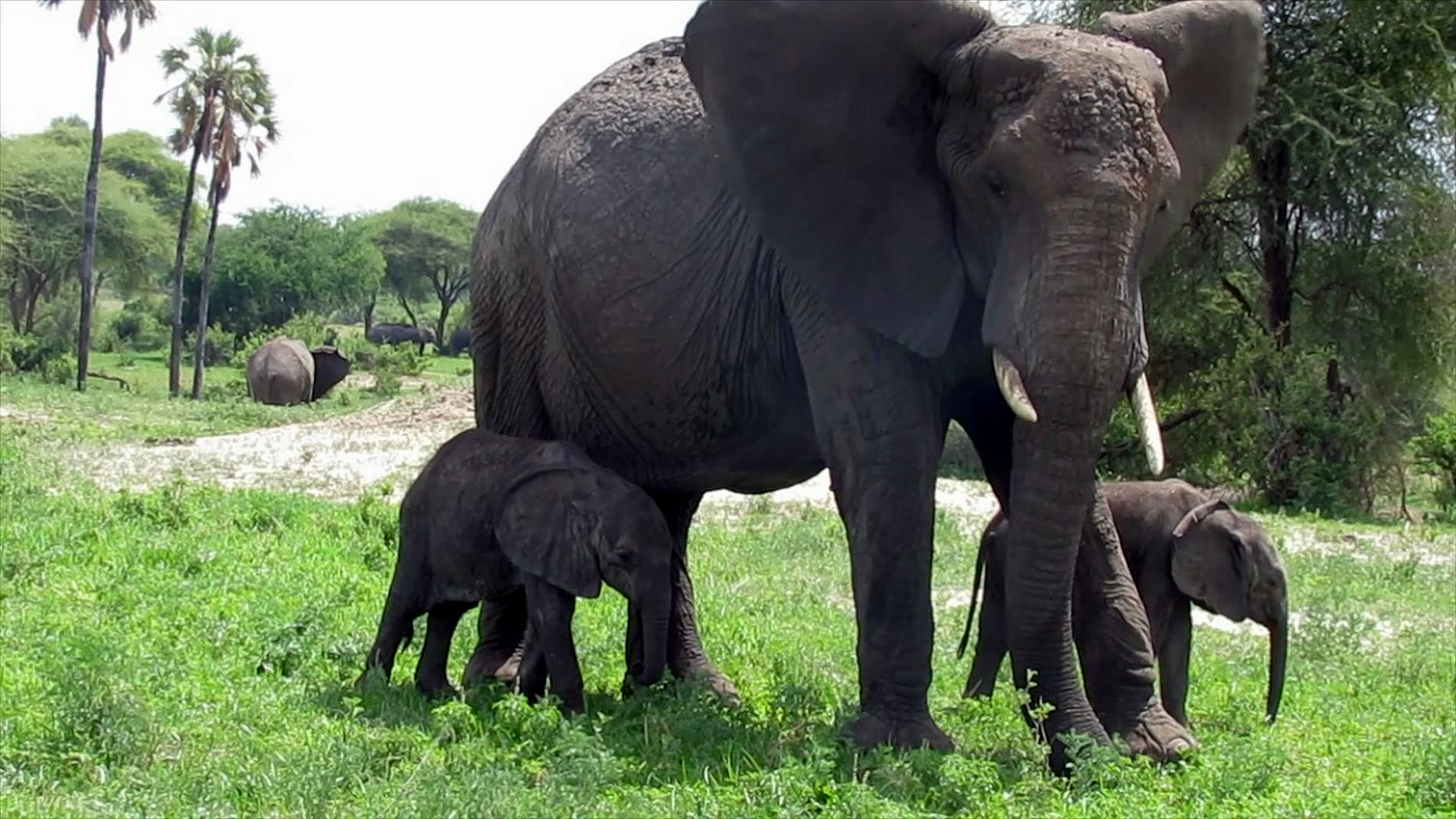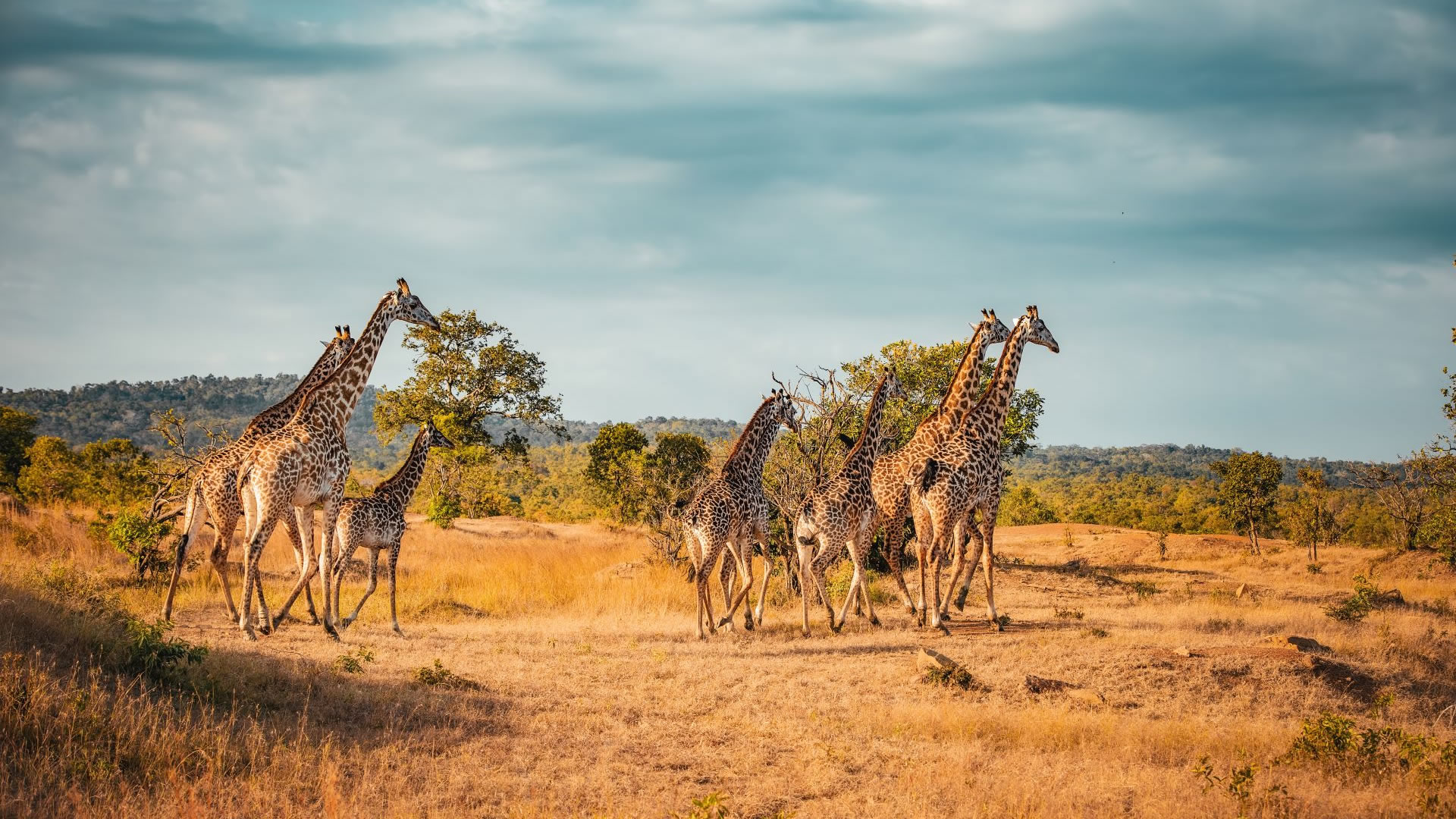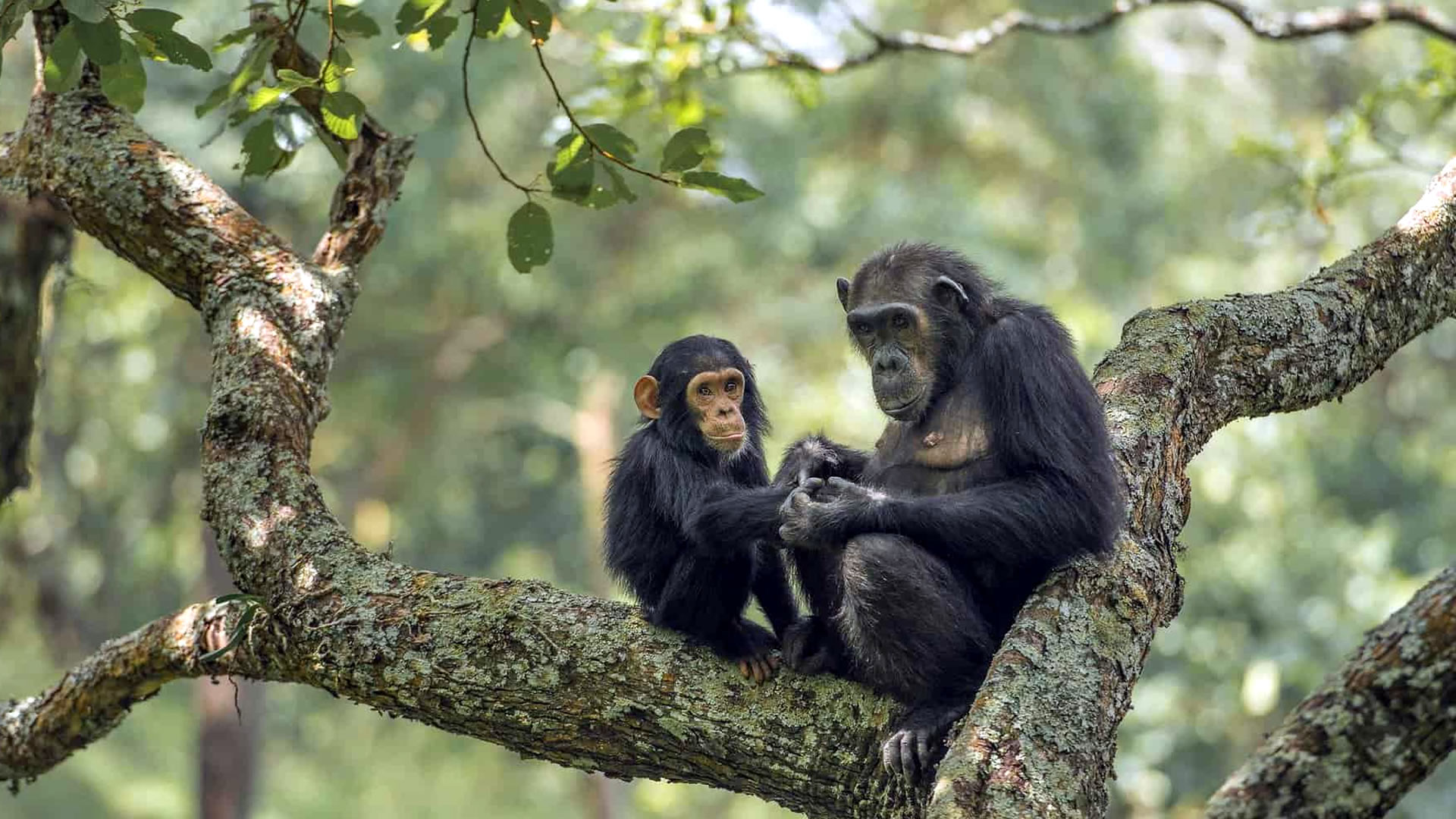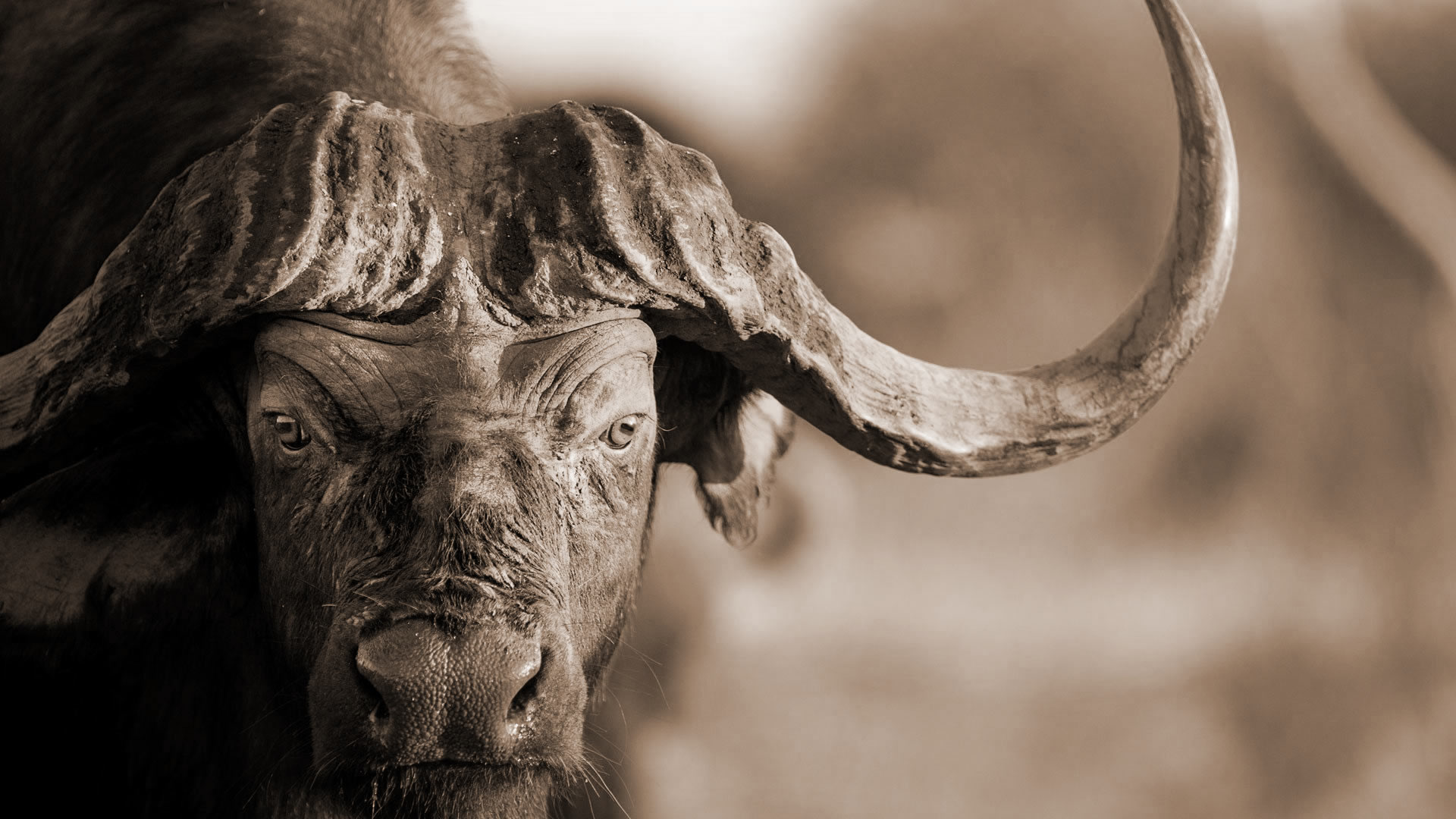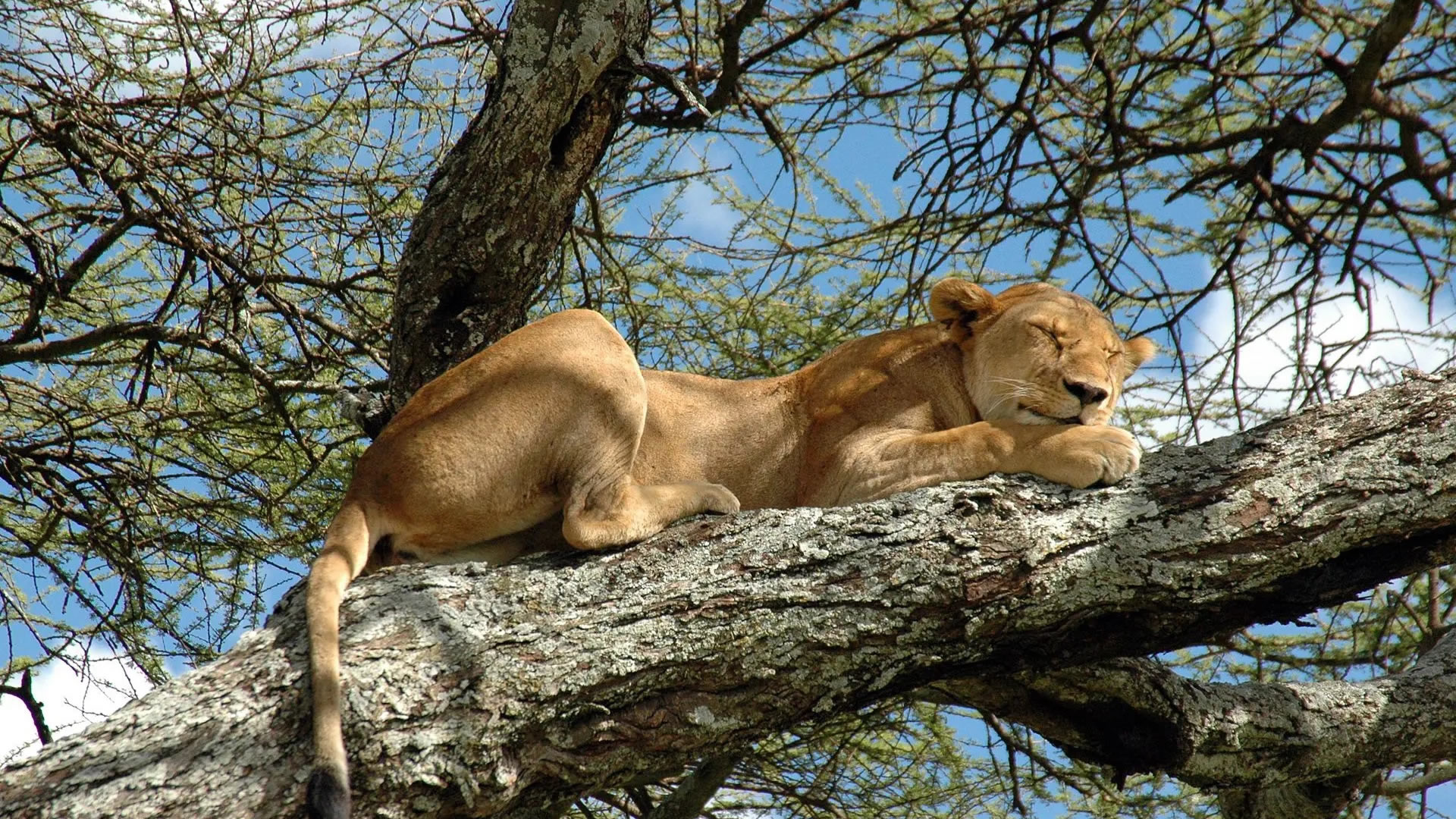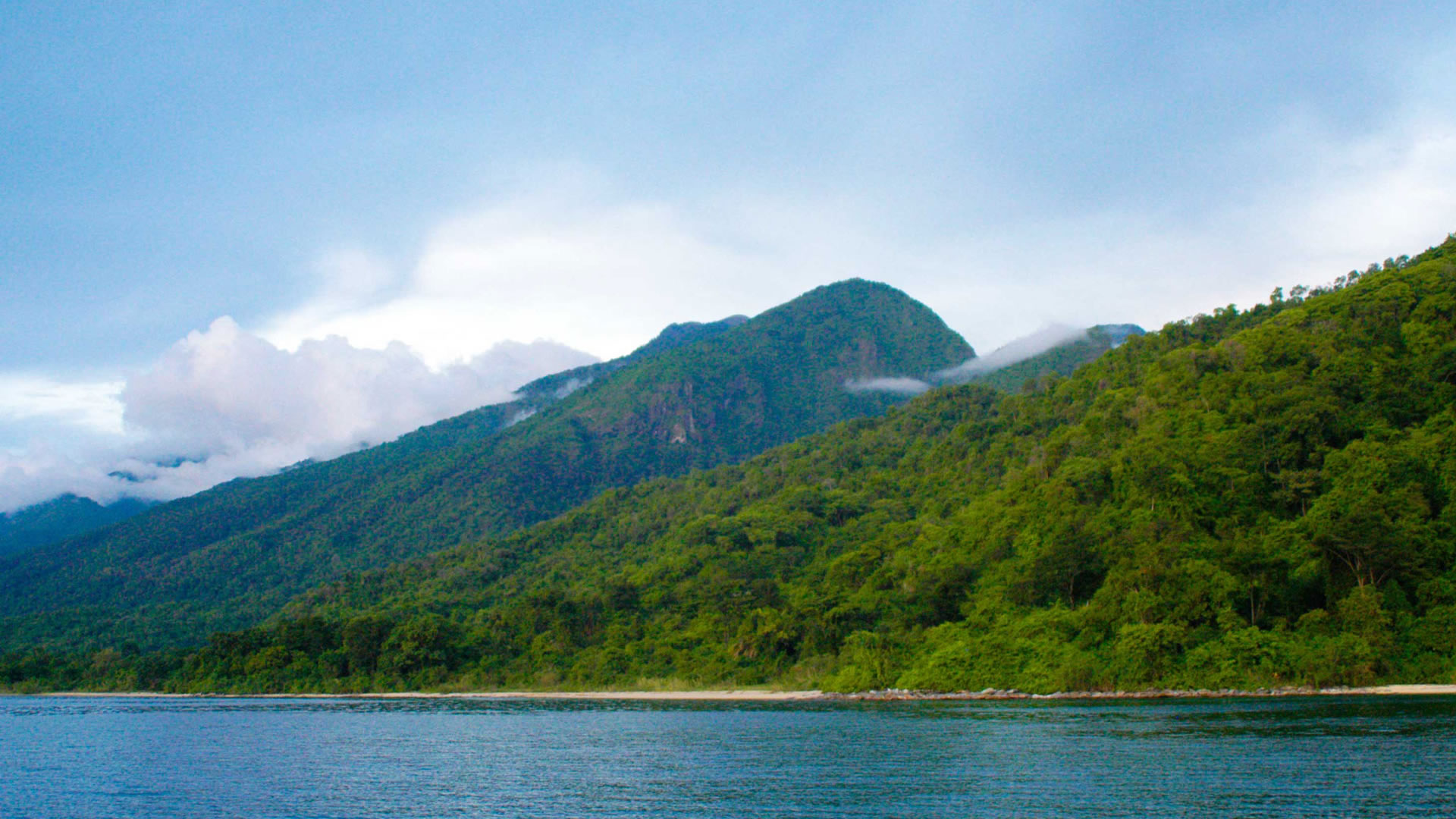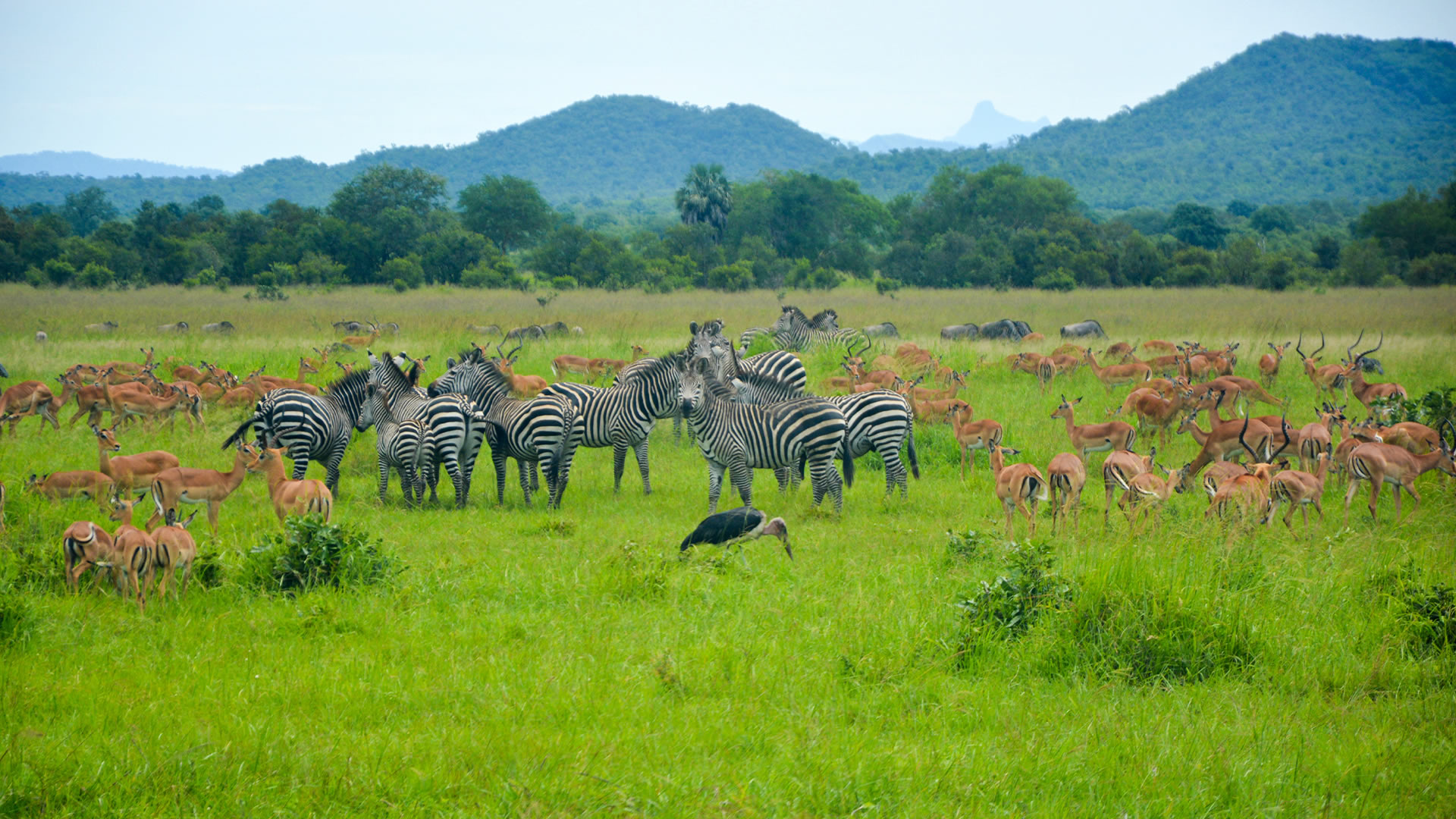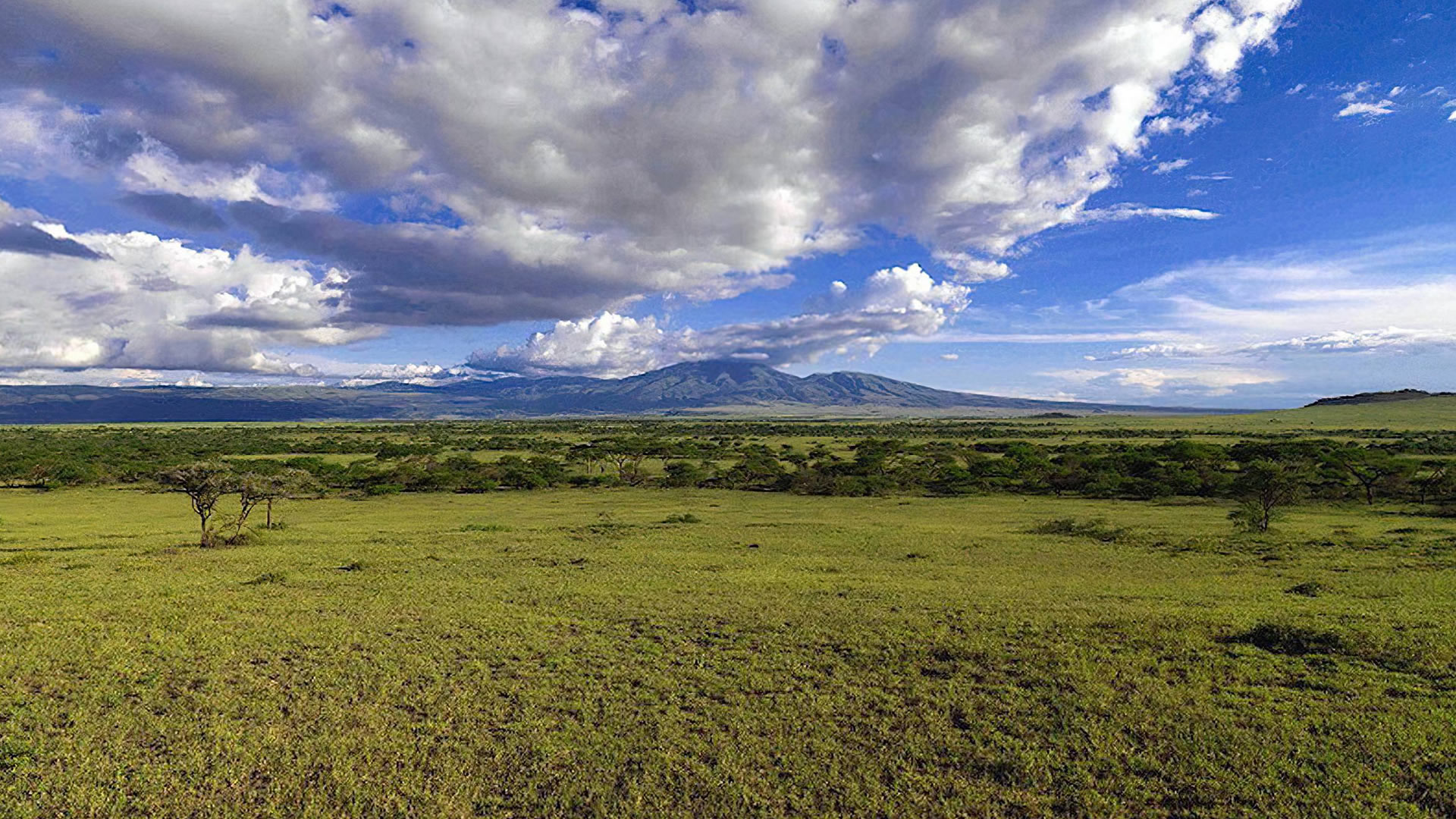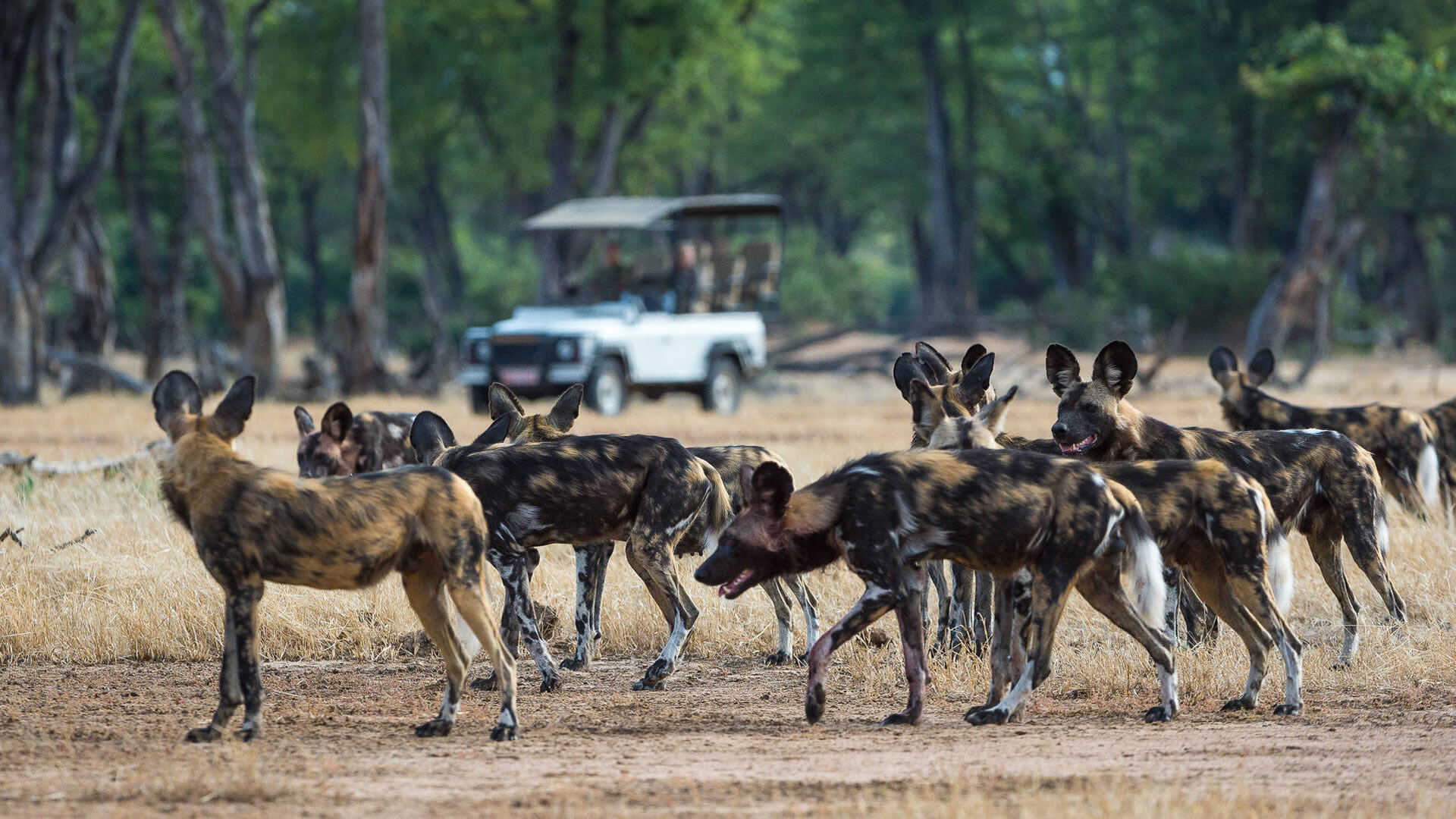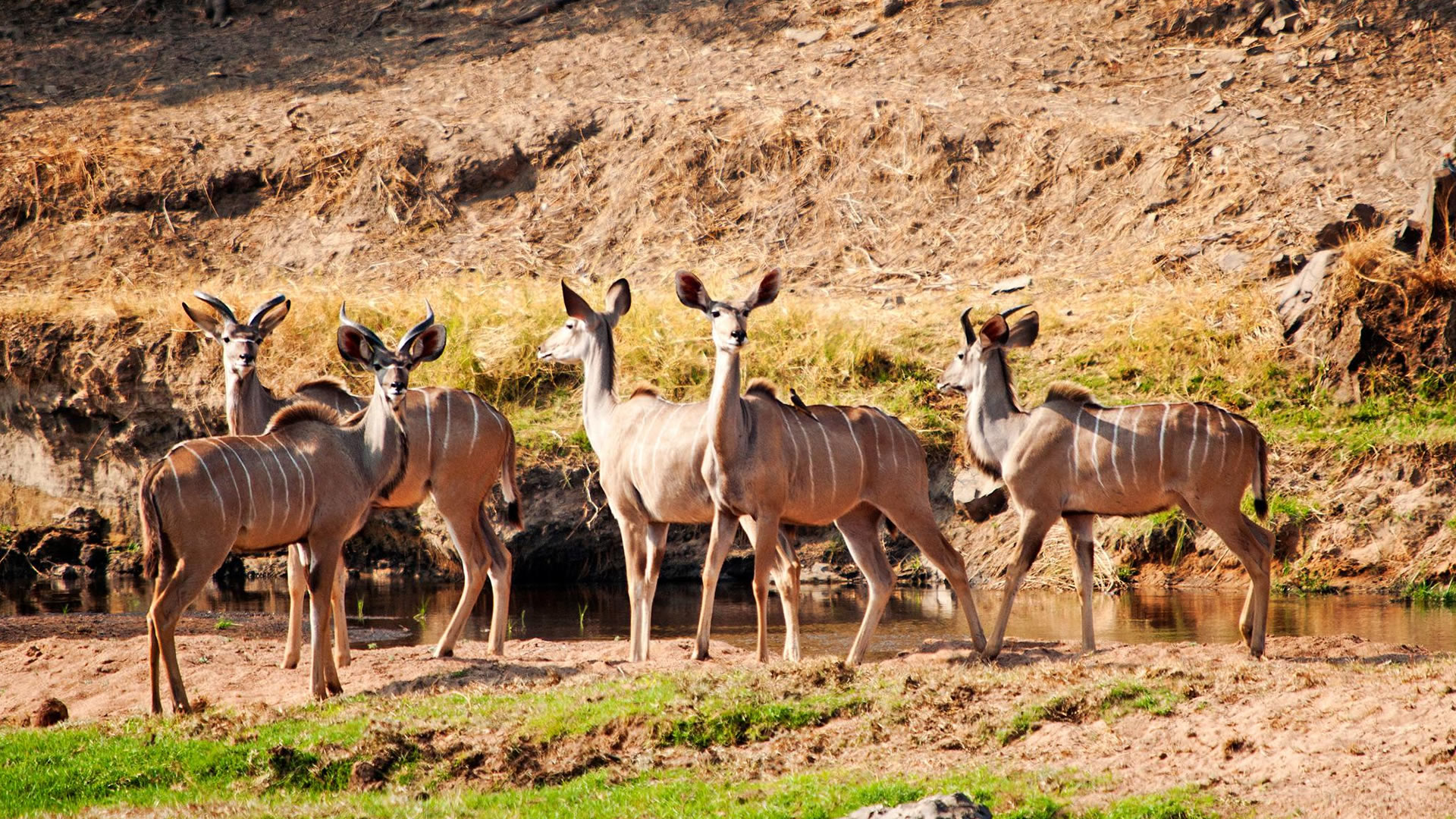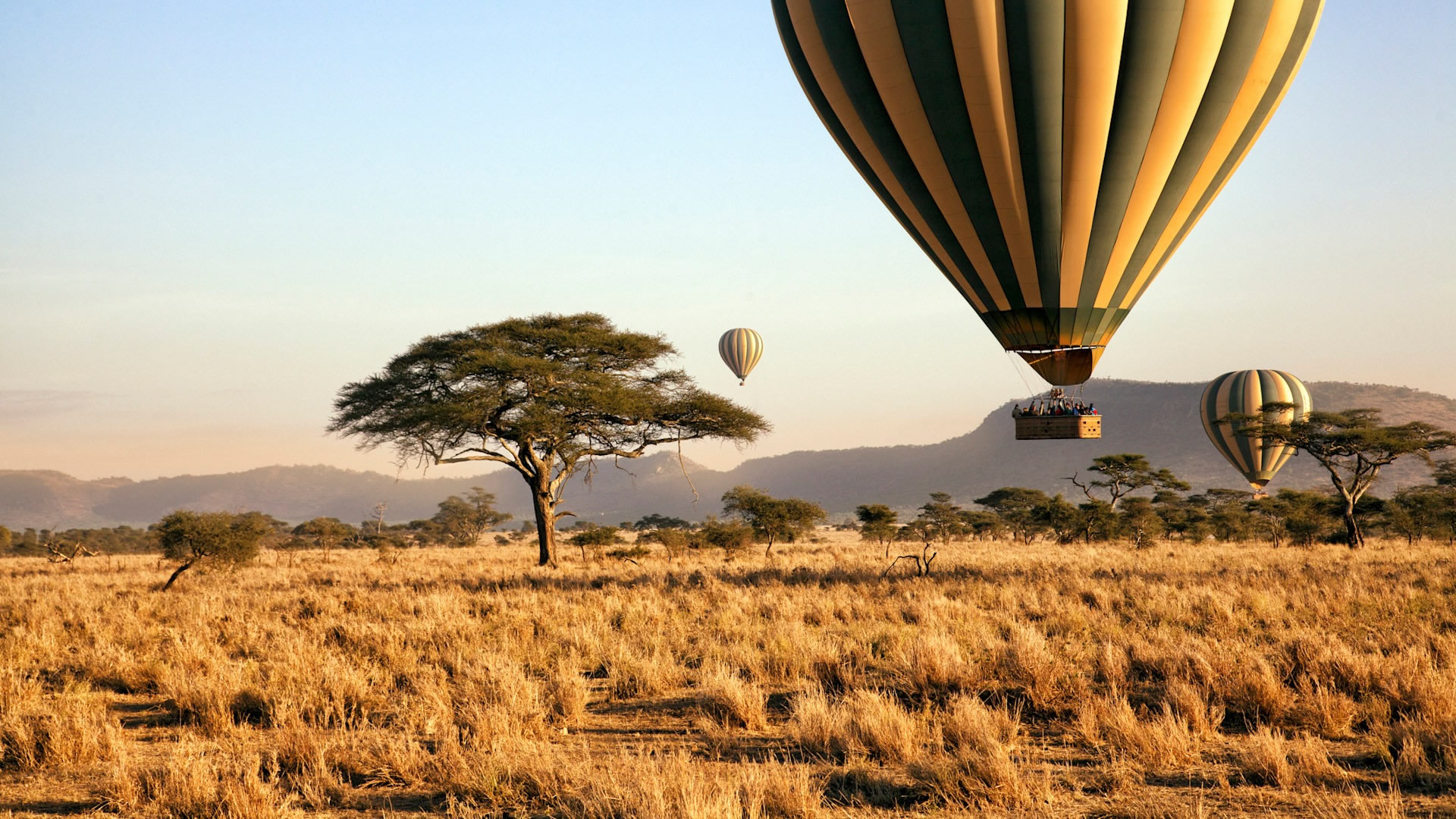
Tarangire National Park
“Sixth largest park in Tanzania"
Tarangire National Park is the sixth largest park in Tanzania, covering 1,100 square miles( 2850sq km). The park is named “Tarangire” after its dominant feature, the Tarangire River, which remains the only water source, attracting vast wildlife. The park is also home to about 300 herds of elephants, one of Africa's largest populations. Other wildlife include zebras, buffaloes, wildebeests, and hartebeest, as well as predators like lions that come to drink and graze around the river banks. Tarangire is usually dry; however, the vegetation is primarily green with elephant grass, acacia woodland trees, fantastic ribbons of aquatic forest and many famous baobab trees that live up to 600 years with a storage water capacity of 300-900 litres.
Tarangire is a magnificent park with the African savannah, rivers, forests, and green hills attracting over 500 bird species, making it a top destination paradise for bird-watching activities. When you visit the park, you will appreciate an authentic sense of wilderness with superb wildlife viewing. Although Tarangire is not as popular as other wildlife areas on the northern safari circuit, it is an excellent option for tourists who enjoy authentic and less crowded areas.
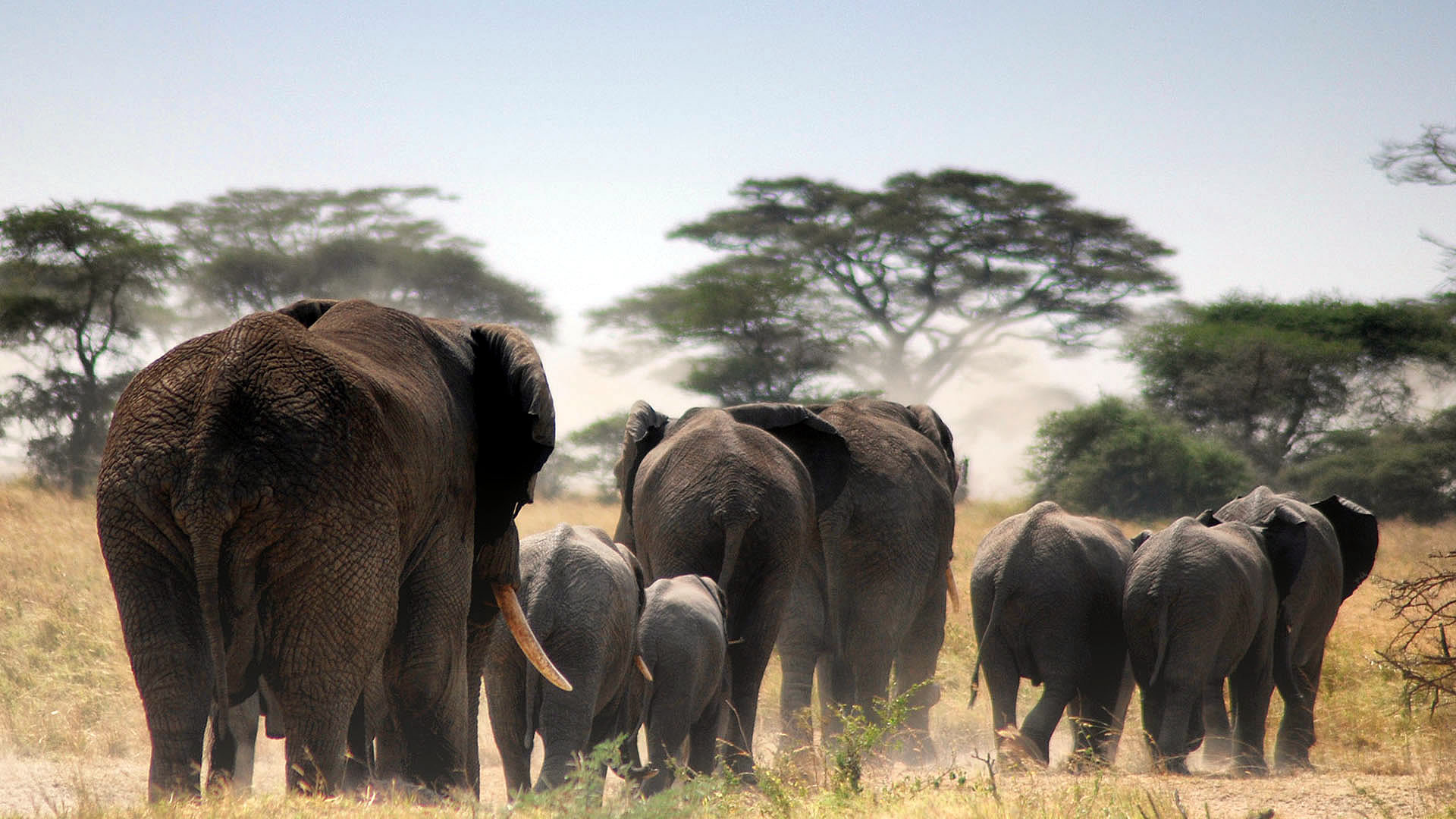
The Tarangire National Park Highlight:
Tarangire National Park is home to the largest elephant populations - which is the main's park's attraction.
Experience the Tarangire National Park
Tarangire National Park’s main feature is the Tarangire River. Although it gets very dry, the landscape is thickly vegetated with acacia shrubs and mixed woodland. Most memorable are the huge baobab trees dotted around in big numbers. The south of Tarangire is dominated by a vast seasonal swamp network. In the Dry season, herds of up to 300 elephants can be seen digging for underground streams in the dry riverbeds, while migratory wildebeest, zebra, buffalo, impala, gazelle, Coke’s hartebeest and eland crowd the shrinking lagoons. Of the big cats, only lion is regularly spotted. There are lots of smaller predators too, such as black-backed jackal and bat-eared fox. Abandoned termite mounds often house dwarf mongoose colonies.
Best time to visit: Tarangire National Park
Wildlife Experience
Tarangire National Park is prominent for the plethora of elephants, which is the park's main attraction. Other wildlife include the sought-after lion and leopard, cheetah, African wild dog, caracal, honey badger wildebeests, giraffe, zebra, impala, vervet monkey, baboon, eland, dik-dik, cape buffalo, mongoose among others. From July to November the Tarangire River is a magnet for migratory animals such as wildebeest, zebra, eland, Coke’s hartebeest, gazelle, buffalo and elephant – of which there are more than you can imagine. Lions are quite easily spotted at this time, as well. Tarangire National Park is home to several dry-country antelope species, such as the rare fringe-eared oryx and the peculiar, long-necked gerenuk. The swampy areas in the south of the park offer some interesting wildlife-viewing opportunities. Wallowing elephants and buffalo are a given, but you might also be lucky to see the Silale Swamp lion pride and sometimes even wild dogs.
Birdlife
Tarangire is sensational for bird avians, with over 500 species of birds. Expect to see and enjoy a variety of birds and some rare species when visiting the park, including northern white-crowned shrike, francolins,red-bellied parrot, ashy starlings, grey-headed kingfishers, ostriches, speckle-fronted weaver, red and yellow barbets among others. Endangered species of birds include rufous-tailed weavers, ashy starlings, and yellow-collared birds.
Best time to visit
Tarangire is an all-year-round park that one can visit anytime due to various attractions. November to December and March to May: The months are not pleasant for visiting the park due to short rains in November and long rains from March to May. July to November is the best time for wildlife viewing in Tarangire National Park. This coincides more or less with the middle and end of the Dry season. Many animals migrate out of the park during the Wet season (November to May), when wildlife viewing is considerably less productive.
Getting There?
By Air: You can access Tarangire National Park by flying from Arusha Airport (ARK)or flying into Kilimanjaro International Airport (JRO), located 46 kilometres (29 miles) with an approximate flight time of 40 minutes. Some regional flights include Air Tanzania, Safari Air Link, Coastal Aviation, Regional Air, Precision Air and ZanAir.
By Road: Travel from Arusha to Tarangire by road using a 4x4 Landcruiser safari car. It takes approximately 2-3 hours along a 130km road route. Tarangire is a safari circuit mainly combined with the Serengeti and Ngorongoro Conservation Areas.


